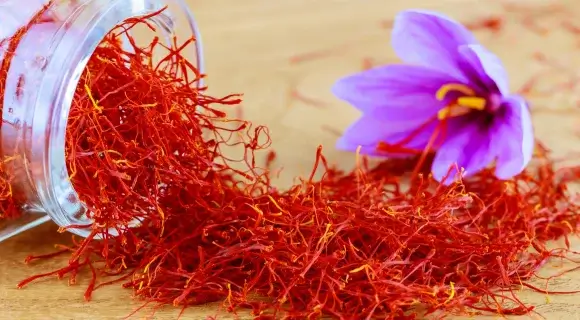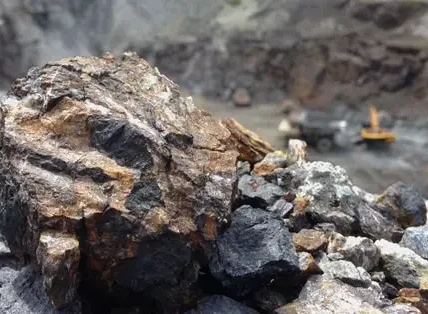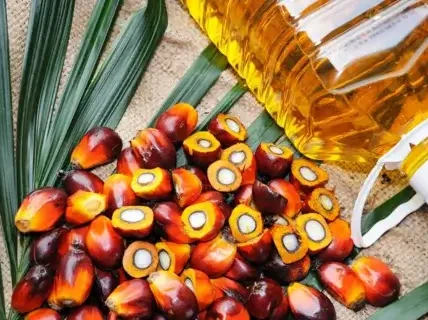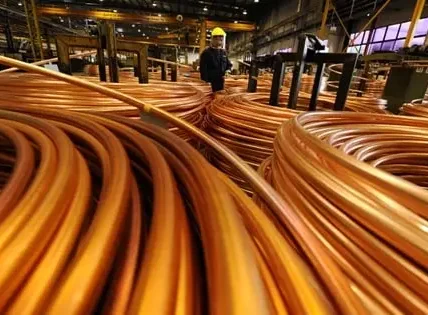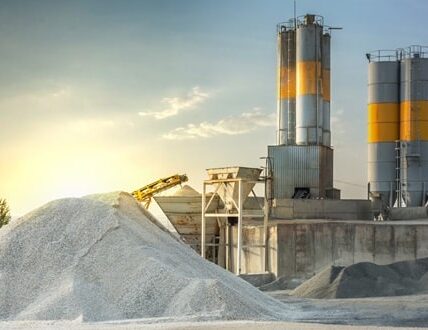Saffron is the vibrant aromatic spice obtained from the flower Crocus sativus. The word of saffron has originated from the Arabic word Zafaran which means gold to expose the high value of Saffron since early times. Other than for culinary use, Saffron has been using for a long time as a dyestuff, a pharmacist item, and also used in cosmetics/perfumery. As we delve into the year 2024, it’s fascinating to explore the global landscape of saffron production. From the sun-soaked fields of Iran to the blooming landscapes in Spain, this article below enlists the shelf of the top 10 largest producers of saffron throwing light upon what they contribute to the world’s saffron market.
Countries With Highest Saffron Production
1. Iran – 279,608 Kg:
Iran produces the most saffron. Iran grows 279,608 kg of the best saffron. Iran is a worldwide saffron production superpower because to its climate and centuries-old expertise. Iranian saffron production is high because to its crocus-friendly environment. Saffron of incomparable quality is grown in ideal soil, temperature, and season. Iran produces the most saffron because to this uncommon natural mix. Iran’s saffron cultivation relies on generations of expertise. Saffron has improved in flavor, color, and aroma due to more accurate cultivation and harvesting. Iranian saffron fields remain the world’s finest due to this cultural history.
2. China – 149,139 Kg:
China ranks second in saffron production at 149,139 kg. Chinese saffron production has developed significantly owing to favorable agricultural conditions and increased global demand for this distinctive spice. China competes well in saffron. Saffron production has soared in China because to its fertile land. The nation boasts several saffron-friendly temperatures. This adaptability helps Chinese saffron crops produce well. Due to global demand, China leads saffron cultivation. China uses the spice’s flavor, color, and medicinal properties to meet worldwide demand. China leads the globe in saffron production due to its proactive approach to market trends.
3. UK – 119,139 Kg:
Saffron production in the UK is astonishing, third with 119,139 kilograms. This unexpected appearance shows saffron growing in new places. The UK’s saffron production has made it a global supplier. Increasing UK saffron production diversifies output beyond its usual locations. Saffron, usually associated with other climes, has been cultivated in the UK owing to agricultural inventiveness. This unexpected result indicates the nation’s ability to use its agricultural resources and react to market changes. High UK saffron production indicates devotion. This honour is a testament to the country’s agricultural skills and saffron cultivation. The aim to manufacture saffron follows global trends as the spice develops popularity for its numerous applications.
4. Spain – 78,898 Kg:
Spain ranks fourth in saffron production with 78,898 kg. For its flavor and aroma, Spanish saffron is used in local and international cuisine. Spain is a major player in the global saffron trade because to its unique features and great climate on the Iberian Peninsula. Spain’s culinary traditions and cultural significance of saffron are reflected in its production. Due to its strong, nuanced flavor, Spanish saffron is used in paella and stews. Spain’s rich culinary heritage helps it fulfill global saffron demand with tradition and innovation. The flavor and aroma of Spanish saffron are renowned worldwide. The deep, earthy taste and aromatic scent make it popular in kitchens worldwide. Spain is the world’s biggest saffron producer because chefs and connoisseurs want its authenticity and perfection. Spain grows saffron in the Iberian Peninsula’s optimum environment. Saffron crocus needs certain circumstances, and Spain’s different landscapes and temperatures are ideal for cultivating it. Spain’s centuries-old agricultural traditions and exact field care retain its high-quality saffron reputation, sought for by discerning clients worldwide.
5. Czech Republic – 52,029 Kg:
The Czech Republic ranks sixth with 52,029 kg of saffron, showing growth. Saffron grows well in several climates throughout Central Europe. Increased Czech saffron production adds to the global market and exhibits agricultural diversity and creativity. Saffron is being grown in the Czech Republic to diversify its agriculture. Saffron, usually cultivated in the Mediterranean, thrives in Central Europe, exhibiting its flexibility. Saffron growing is feasible due to the country’s excellent temperatures and soil. Agriculture innovation is stressed on the Czech Republic’s precise saffron cultivation. Saffron production is rising owing to best practices, technology, and sustainability. This technology increases cultivation efficiency and makes the Czech Republic a saffron pioneer.
6. Poland – 25,589 Kg:
A sixth-largest saffron producer, Poland produces 25,589 kg. The nation grows saffron, demonstrating its global reach. Poland’s saffron production dominance illustrates its versatility and rising global recognition for its distinctive qualities. Polish saffron manufacturing showcases the spice’s worldwide reach. Safflower, originally from the Mediterranean, flourishes throughout Poland, displaying its flexibility. The country’s diversity and climate boost saffron output. Poland’s saffron production growth illustrates its global popularity. Chefs, foodies, and consumers worldwide admire saffron’s special characteristics. Poland’s saffron cultivation success reflects global demand for its distinctive taste, fragrance, and vibrant color.
7. Netherlands – 22,113 Kg:
The Netherlands produces 22,113 kg of saffron, tenth globally. Saffron fits readily into the Netherlands’ diverse agricultural climate, famed for its horticulture. Dutch saffron is grown using traditional and modern ways. The Netherlands uses its horticultural tradition to produce saffron. Besides tulips and ornamental flowers, the Dutch cultivate saffron. Saffron’s accession to the Netherlands’ crop mix shows its flexibility to a changing agricultural market. The Netherlands’ horticulture competence ensures saffron growing precision. The nation’s quality assurance and stringent agricultural standards give saffron its unique flavor, scent, and color. Dutch saffron, a combination of tradition and technology, consistently meets global standards.
8. Afghanistan – 21,458 Kg:
Saffron production ranks tenth globally, with 21,458 kg in Afghanistan, noted for its rich culture. Its quality and flavor have helped Afghan saffron survive despite regional challenges. Afghan farmers’ saffron production benefits the economy and shows their persistence. Afghanistan has thrived in the competitive saffron market despite regional issues. Its flavor and aroma attract buyers and chefs to the country’s saffron. Afghan saffron is a key global export, and this recognition reflects its adherence to excellent production standards. Saffron planting in Afghanistan illustrates farmers’ perseverance beyond economic gain. Saffron producers in Afghanistan have cultivated it meticulously despite geopolitical uncertainties. Afghan resilience strengthens local communities and drives global agriculture.
9. India – 21,057 Kg:
India produces 21,057 kilograms of saffron, eighth globally. Saffron cultivation has enriched India’s diverse agricultural environment. Some of India’s saffron harvests affect the global market. India is renowned for spices but now produces saffron. Strategic diversification has made India a global saffron player and broadened its agricultural tapestry. India’s saffron output influences the global market, not only diversity. Major spice producer India produces saffron to meet global demand. Jammu and Kashmir tops the production of saffron in India with 15 metric tonnes per year average. Indian saffron is crucial to global saffron trade because to its warmth and soil.
10. Italy – 17,318 Kg:
Italy ends nicely with 17,318 kg saffron. The Mediterranean environment of Abruzzo and Tuscany is ideal for saffron growth. Saffron’s power and flavor elevate Italy’s cuisine. The warm, dry summers and mild winters of Italy are suitable for cultivating saffron crocus. Abruzzo and Tuscany’s Mediterranean sun is great for saffron blooms. Saffron strands of great quality and character are carefully cultivated here. Italian saffron supports local businesses and gastronomy. Italian saffron is valued locally and internationally due to its exceptional quality. Italian saffron farms in picturesque settings mix tradition and innovation to maintain a centuries-old legacy.
Conclusion:
The 2024 have started and still a large number of cuisines are to be tasted. Know that this saffron is the important part of most new dishes. And so, from the robust fields of Iran to surprises such as the UK and the Czech Republic, each of these nations brings its uniqueness to the tapestry of rich saffron production.

Brandon is the cheif editor and writer at WorldUnfolds.com. With a passion for storytelling and a keen editorial eye, he crafts engaging content that captivates and enlightens readers worldwide.

